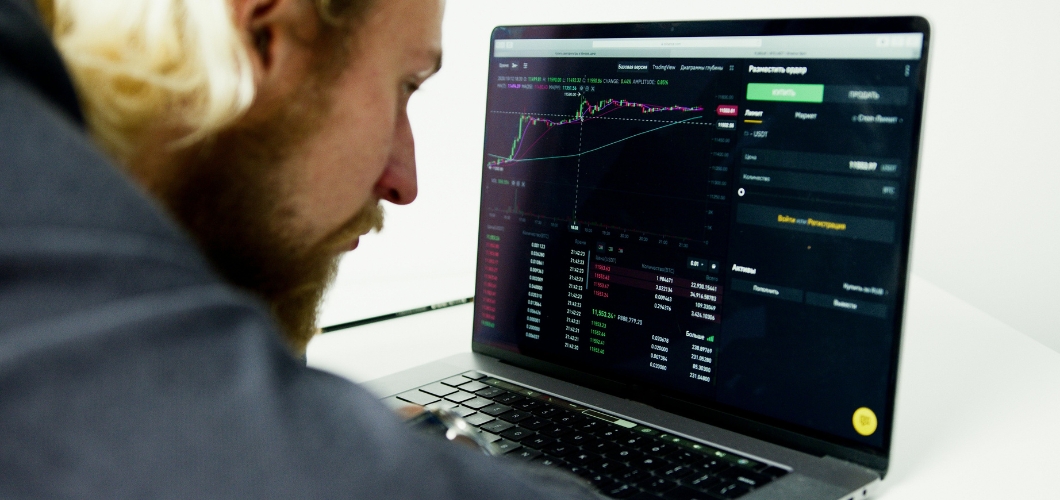In the quest for a more sustainable future, the manufacturing industry is playing a crucial role. By implementing circular economy principles, businesses are finding ways to reduce waste, minimize resource use, and create closed-loop systems that keep materials in use for as long as possible.
At the heart of this movement is the Internet of Things (IoT) and Big Data analytics. By leveraging these technologies, manufacturers can gain real-time insights into their operations and make data-driven decisions that improve efficiency, reduce environmental impact, and cut costs.
What is the Circular Economy?
The circular economy is a regenerative economic model that aims to minimize waste and maximize the use of resources. In this model, products are designed to be reused, repaired, and recycled, rather than disposed of after use. By keeping materials in use for as long as possible, the circular economy aims to reduce resource consumption and minimize environmental impact.
How IoT and Big Data are Enabling the Circular Economy in Manufacturing
In the manufacturing industry, IoT sensors are being used to monitor equipment and processes in real time. Basically, by collecting data on everything from energy use to machine performance, manufacturers can gain a better understanding of their operations and identify areas for improvement.
This data is then fed into Big Data analytics platforms, where it is analyzed to uncover patterns and insights. By applying machine learning algorithms to this data, manufacturers can identify opportunities to optimize their operations and reduce waste.
For example, IoT sensors can be used to track the movement of materials throughout the manufacturing process. By monitoring the location and condition of materials, manufacturers can identify opportunities to reuse or recycle them, rather than disposing of them after use.
Similarly, organizations can use IoT sensors to monitor the energy use of equipment and identify opportunities to reduce energy consumption. By optimizing energy use, manufacturers can not only reduce their environmental impact but also cut costs.
The Benefits of the Circular Economy in Manufacturing
By adopting circular economy principles and leveraging IoT and Big Data technologies, manufacturers can achieve a range of benefits. These include:
Reduced waste
By reusing and recycling materials, manufacturers can minimize waste and reduce their environmental impact.
Lower costs
By optimizing operations and reducing waste, manufacturers can cut costs and improve their bottom line.
Increased efficiency
By leveraging IoT and Big Data, manufacturers can identify inefficiencies in their operations and make data-driven decisions to improve efficiency.
Improved sustainability
By adopting circular economy principles, manufacturers can contribute to a more sustainable future and enhance their reputation as responsible business.
In Conclusion
The manufacturing industry is transforming as businesses look for ways to reduce their environmental impact and create a more sustainable future. By adopting circular economy principles and leveraging IoT and Big Data technologies, manufacturers can achieve these goals while also improving efficiency and cutting costs. As we move towards a more sustainable future, the circular economy will undoubtedly play a crucial role in shaping the manufacturing industry.



